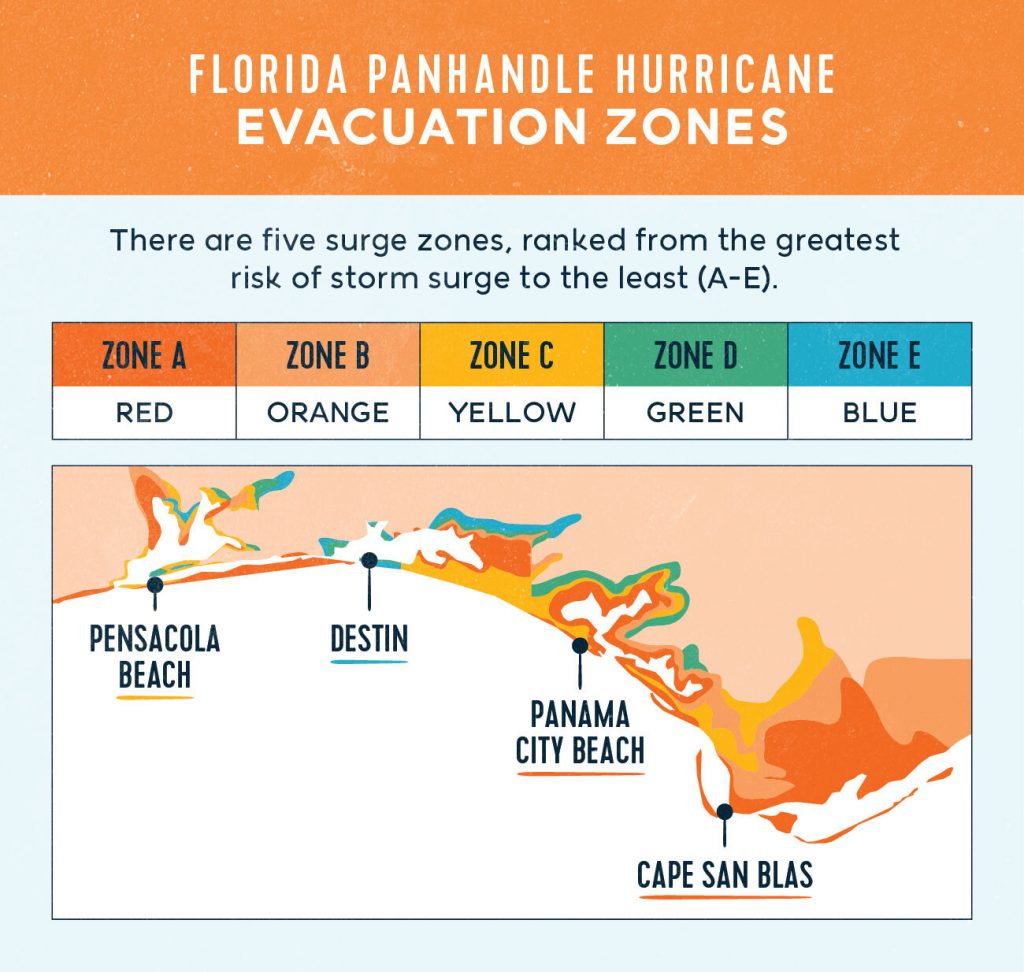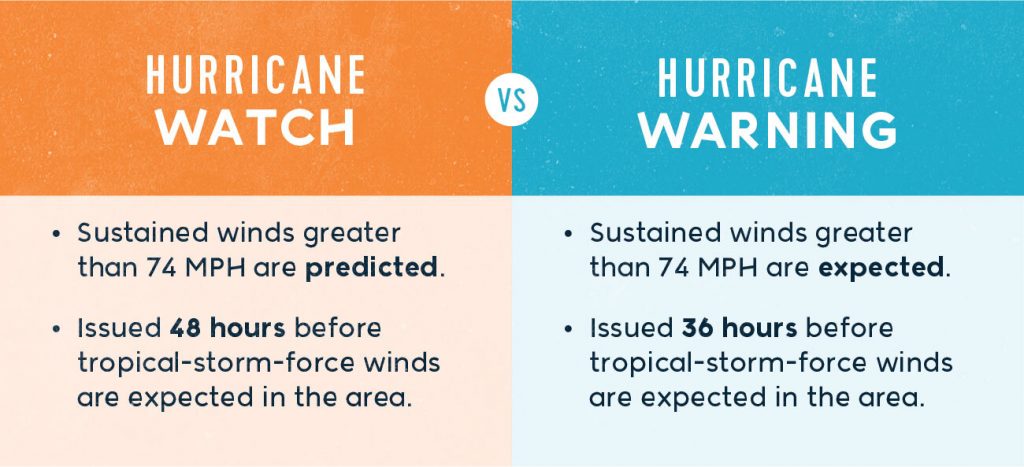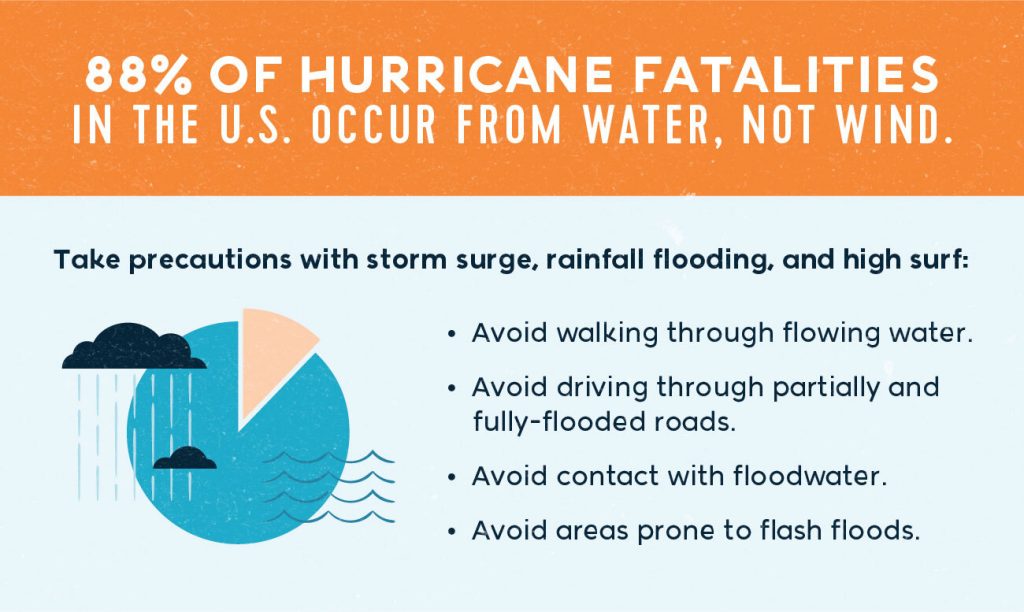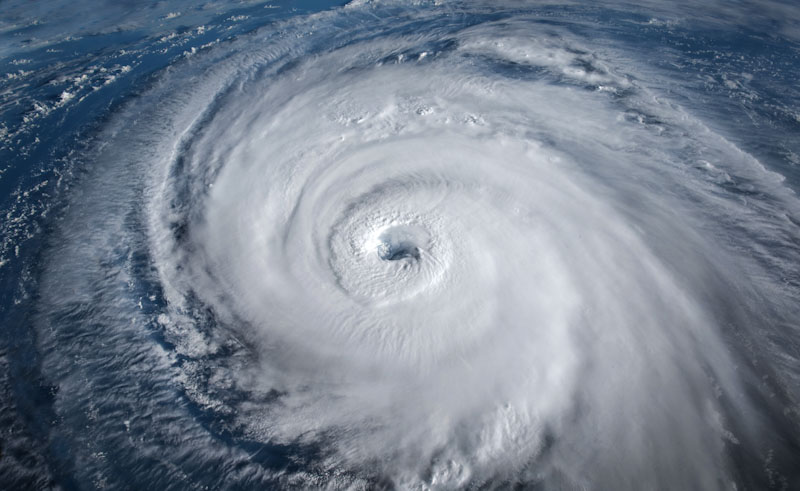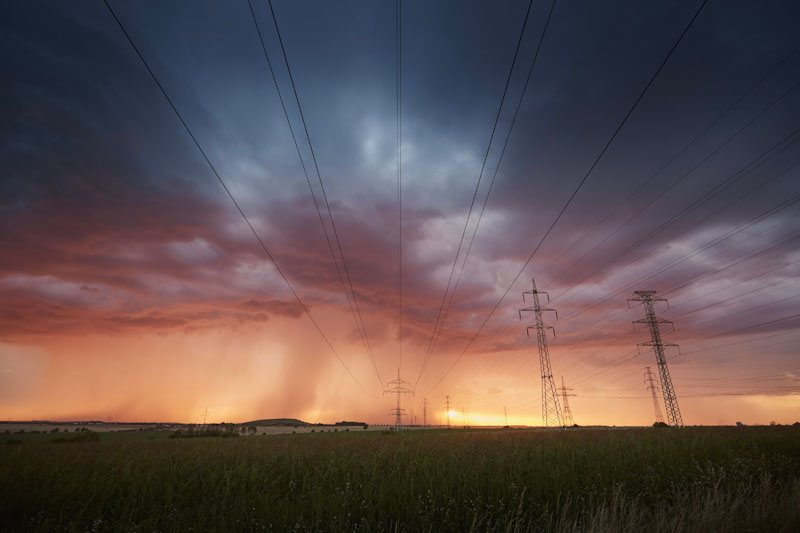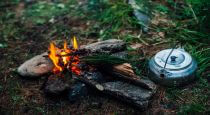With the 2020 hurricane season during the worldwide COVID-19 pandemic, it makes hurricane preparedness especially challenging.
As local and federal government officials work to coordinate with one another for the next natural disaster, they encourage the safe practice of public health guidelines before, during, and after a storm.
FEMA notes that hurricane preparation in the midst of Coronavirus will be taken seriously. They’ve scrutinized the use of typical shelters, expanding options to include hotels, classrooms, and empty dorms to encourage social distancing and safe evacuation protocols.
This Device Easily Turns Air Into Water!
Extreme climate conditions tied with stressful social situations could create severe consequences. It’s more important than ever to prepare early and prepare according to guidelines. Consider how COVID-19 will affect your typical preparedness for hurricane season when gathering supplies, sheltering-in-place or evacuating, and post-hurricane best practices.
Supplies and Emergency Kit Prep
Access to supplies may look somewhat different this year, and it’s important to prepare early with enough supplies. The safest way to obtain emergency food, water, and medicine is via home delivery, curbside pick-up, and drive-through windows. If you need to obtain an additional supply of prescription medication, limit your in-person visits to the pharmacy and call ahead to lessen the time of exposure. Run errands only as needed, and practice social distancing and wearing a mask.
The Red Cross suggests having two separate emergency prep kits. One for sheltering in place for at least 2-weeks, although we recommend supplies for at least 4, and a lighter more portable version for evacuation, with at least 3 days of supplies. Ensure that both kits warrant additional items, either for yourself or additional community members, in the event that emergency services aren’t available due to high demand.
Keep in mind it may take longer than usual for authorities to restore power and offer help post-storm. Prepare extra medical and food supplies to prepare for this possibility. Having enough of the following supplies for a month can prepare you for the worst. Space out your shopping trips so stores have ample time to restock supplies for your community.
- Antibacterial Wipes or Gel: Your antibacterial should contain at least 60% alcohol. Sanitize everything before and after you touch it, and don’t touch your face, eyes, nose, or ears before cleaning your hands.
- Face Coverings: Bring a surplus of masks, as they’ll become contaminated much faster than in the normal landscape.
- Bug Repellant: With COVID-19 forcing restaurants and establishments to shut down, there’s an influx of bugs and rodents this year. Keeping repellant on you is a surefire way to manage these pests.
- Expanded First-Aid Kit: Consider beefing up your medical kit this year. With at-risk community members, your extra tourniquet could save a life. Consider adding at least a 1-month supply of any prescription medications to your first aid kit.
Sheltering-in-Place and Evacuations
Know your zone. If you’re in a mandatory evacuation zone, pay attention to local authorities for any news and updates about evacuations. If you’re outside of the mandatory hurricane evacuation zone, make sure you follow local protocol for sheltering in place. Keep in mind that your shelters might be farther away than what’s typical as authorities attempt to keep social distancing measures in place for community members. Leave ample time to get to your evacuation destination. If you need to use public transportation to evacuate, follow CDC guidelines for effective use.
If your household has a high-risk individual for COVID-19, consider alternate options for sheltering. Options could include finding a friend’s house outside of the evacuation zone, renting a home farther away from the at-risk zones, or leaving the affected area indefinitely until the storm season is over.
While in a disaster shelter, avoid sharing food and drinks. Wash your hands often, and always wear your face coverings. If you have a surplus of anti-bacterial wipes, spray, or gel, sanitize highly used surfaces like handrails and doorknobs.
If you have a pet, check your local shelter to see whether or not they will be allowed. While some shelters will accept pets, some will not, and it’s important to have a back-up plan in place, along with enough supplies for your pet including food, water, and medicine.
Create an Alternate Emergency Plan
Create an emergency plan for your loved ones. If social distancing orders are lifted in your state and your children are back in school, plan alternate evacuation steps in case class is in session. Consider whether you’ll be at home or in the office when creating these plans and have a friend or relative in a non-hurricane prone area on call in the event of an emergency.
Know the types of alerts that come with hurricanes. Understand the critical differences between a hurricane watch and warning. With a hurricane watch, you have 48 hours before tropical force winds are predicted. Hurricane warnings are issued with 36 hours before tropical force winds are expected. Ask yourself the following questions, and make sure your loved ones are prepared with the same answers:
- Where will I go and how will I get there?
- Where will I stay?
- Who will I call?
- How will I protect myself against COVID-19 at my shelter?
- What will I bring?
Post-Hurricane Preparedness
Hurricane safety post-storm is especially important to consider. While the eye of the storm may have passed, storm surge may be following close behind. Nearly 90% of hurricane fatalities occur due to storm surge, not the wind. That said, continue to follow preventative measures should your area flood.
Even if you’re able to leave your house and move around freely, continue to follow social distancing protocol. Never walk, swim, or drive through floodwaters. Don’t wash your hands or drink tap water in the event that it was contaminated during the storm. Wear your face covering when cleaning up the affected areas.
The emotional stress after a hurricane may be greater during this time. Coping alongside family and friends whenever possible will help relieve anxiety and grief. Continue to support your community at a safe distance and keep an eye out for symptoms getting worse for yourself, your friends, and your neighbors. Keep your wounds as clean as possible to prevent infection, and remember that the water may be compromised. If you’re using a generator for power, beware of carbon monoxide poising and notice signs that this might be a threat including blurred vision, nausea, weakness, headache, and confusion.
As restaurants close around the country, rodents have increased in facilities. Be aware that a natural disaster may heighten the presence of these pests, and follow proactive measures to manage them instead of reactive.
Additional Resources:
New developments in hurricane preparedness during this time come out frequently. Stay up to date with your local guidelines and check back with the federal resources listed below frequently for any new information.
- CDC.Gov
- FEMA.gov
- Consumer.ftc.gov
Take note that you may be put in a situation where your best protection against a hurricane may not also be the best protection from disease. Avoid touching your mouth, nose, ears, and face, wear your mask, practice social distancing as much as possible, and wash your hands frequently. Stay vigilant, and prepare as much as possible this hurricane season.



